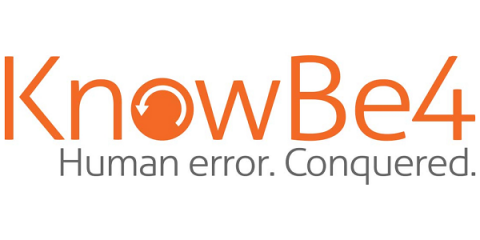How To Spot a Credit Card Skimmer
According to the FBI, credit card skimming costs individuals and banks approximately $1 billion annually. You can spot a credit card skimmer by searching for a tampered security seal, checking for misalignments, wiggling the card reader or looking inside the card reader. Continue reading to learn more about credit card skimmers, how to spot them and what you can do if your card gets skimmed.










